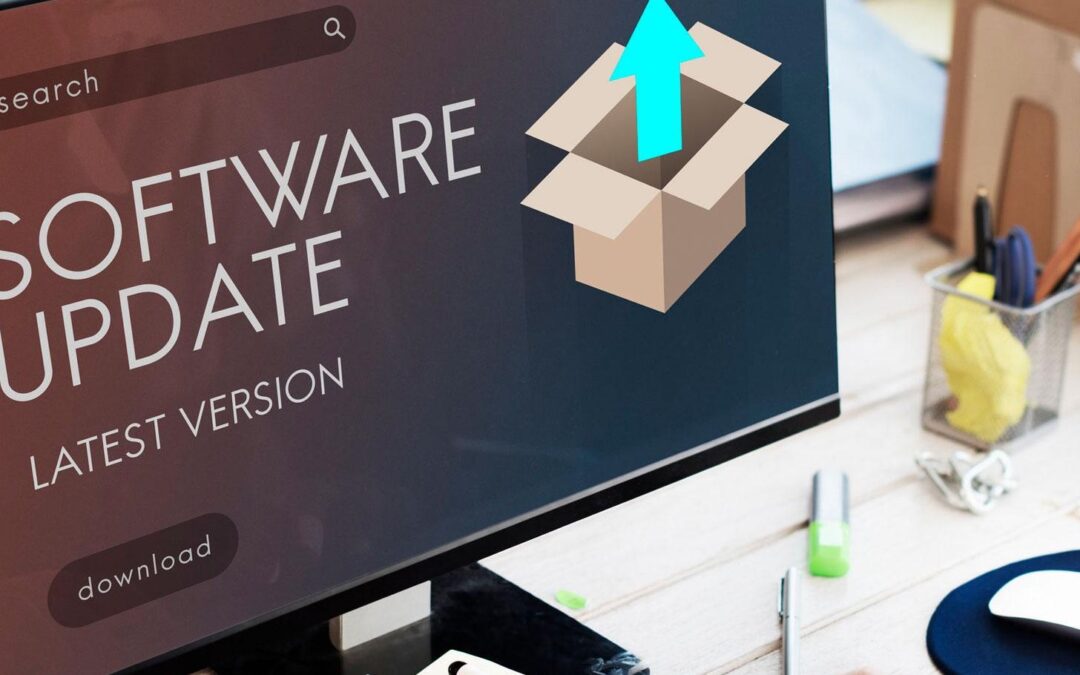Software projects can encounter potential risks when implementing updates, including compatibility issues, data loss, security vulnerabilities, system downtime, user resistance, and cost. To mitigate these risks, it is important to test updates thoroughly, have a backup system in place, communicate changes to users, and plan and budget for the update process.
Potential Risk
Implementing software updates can carry certain risks, including:
- Compatibility issues: Compatibility issues occur when the updated software is not compatible with other software or hardware components in the system. This can result in errors or crashes, which can lead to system downtime and data loss. Compatibility issues can also occur when the updated software is not compatible with other systems or applications that the software interacts with.
- Data loss: Data loss can occur during the update process due to a software error or user error. This can result in the loss of important data, which can have serious consequences for the business. To mitigate this risk, it is important to have a backup system in place that can restore data in case of data loss during the update process.
- Security vulnerabilities: Software updates are often designed to address security vulnerabilities, but they can also introduce new vulnerabilities if they are not properly tested or configured. This can result in data breaches, which can damage the reputation of the business and result in financial losses.
- System downtime: The update process may require system downtime, which can affect productivity and revenue. This risk can be mitigated by scheduling updates during periods of low system usage or by implementing a failover system that can maintain system uptime during the update process.
- User resistance: Users may be resistant to changes in the software, particularly if the update involves changes to the user interface or functionality. This can result in decreased productivity and increased training costs. To mitigate this risk, it is important to communicate any changes to users in advance and provide training and support to help them adapt to the updated software.
- Cost: Updating software can be expensive, particularly if it requires hardware upgrades or additional licenses. This risk can be mitigated by carefully planning the update process and budgeting for any necessary expenses.
In summary, software updates can carry several potential risks, including compatibility issues, data loss, security vulnerabilities, system downtime, user resistance, and cost. To minimize these risks, it is important to thoroughly test updates, have a backup system in place, communicate changes to users, and carefully plan and budget for the update process.
Good Planning is Important
Good planning and building a standard procedure for software update rundown is extremely important for several reasons:
- Minimizing downtime: A well-planned software update rundown can help minimize downtime and ensure that the update process is completed as quickly and efficiently as possible. This is important because downtime can be costly for businesses and can affect productivity.
- Reducing the risk of errors: A standard procedure for software update rundown can help reduce the risk of errors during the update process. By following a set of established steps, the likelihood of making mistakes is reduced, which can help prevent issues from occurring.
- Ensuring consistency: A standard procedure for software update rundown helps ensure consistency across different systems and environments. This is important because it helps ensure that all systems are updated in the same way, which can help prevent compatibility issues and other problems.
- Improving security: Keeping software up-to-date is critical for maintaining security. A standard procedure for software update rundown can help ensure that security patches and other updates are installed in a timely manner, which can help prevent security breaches and other issues.
- Compliance: Many industries have compliance requirements that mandate regular software updates. A standard procedure for software update rundown can help ensure that these requirements are met, which can help prevent fines and other penalties.
In summary, good planning and building a standard procedure for software update rundown are essential for minimizing downtime, reducing the risk of errors, ensuring consistency, improving security, and meeting compliance requirements.
How
Here are the general steps to conduct a software update rundown:
- Identify the software to be updated: Determine the software that needs to be updated and the version that it is currently running.
- Review the update release notes: Check the release notes for the new update to understand what changes have been made, what new features have been added, and what issues have been fixed.
- Plan the update process: Decide on the best time to perform the update, taking into account any potential disruption to users, and plan the steps required to update the software.
- Test the update: Before rolling out the update to all users, test it in a controlled environment to ensure that it works as intended and does not cause any issues.
- Notify users: Inform users of the upcoming update, including the date and time it will be installed, any expected downtime, and any changes they may need to be aware of.
- Perform the update: Install the update on all relevant systems, following the steps identified in the planning phase.
- Verify the update: After the update has been installed, verify that the software is working correctly and that users are not experiencing any issues.
- Communicate the update completion: Notify users that the update has been completed and provide any necessary instructions or training to ensure they are aware of any changes.
- Monitor for issues: Keep an eye on the software after the update to ensure that it continues to work correctly and that no new issues have been introduced.
By following these steps, you can conduct a successful software update rundown and ensure that your software is up-to-date and running smoothly.
Relative

